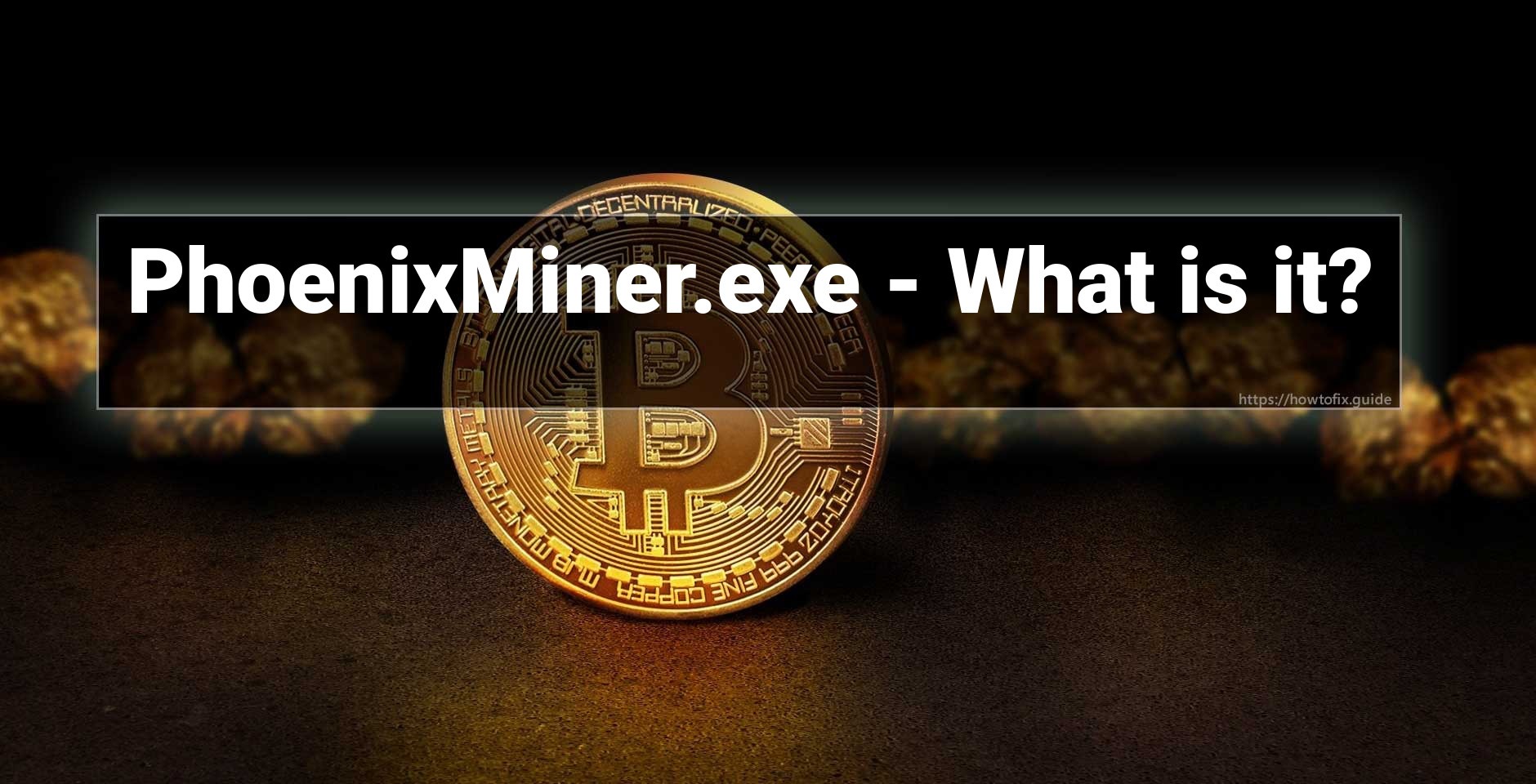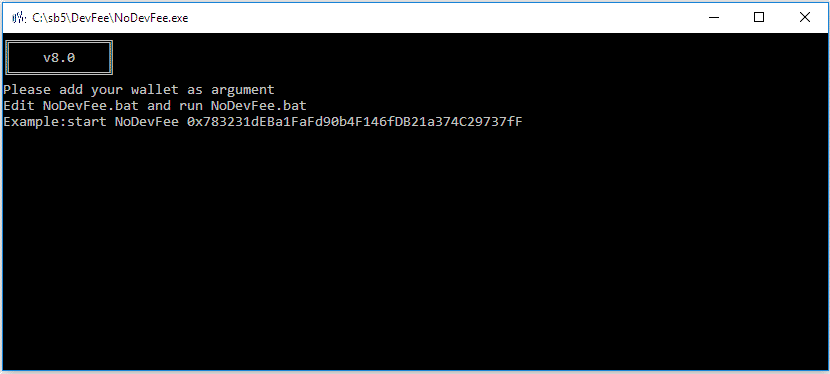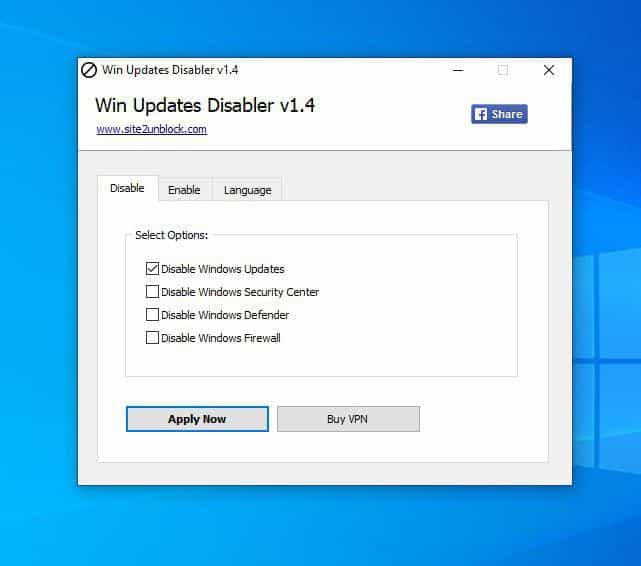How to Mine Monero
Why Mine Monero ?
Monero takes into account that some XMR tokens will be lost in the same way. It has an additional mechanism that Bitcoin does not have – tail emissions. While Monero reached its 18.4 million supply cap sometime in May 2022, its eventual supply ensures that Monero miners can continue to earn rewards. In other words, Monero miners can expect block rewards to be no less than 0.6 XMR per block. In Bitcoin’s original design, for scenarios where there are no more block rewards, Bitcoin miners would instead rely on transaction fees.
However, this incentive concept has not been tested (with Bitcoin). For this reason, the developers of Monero decided that the block reward will always be tail emission. The question then becomes, will this make Monero as deflationary as Bitcoin? The answer is yes. These forces offset negligible inflation tail emissions when accounting for the loss of XMR and the increase in the number of users over time. What’s more, Monero’s inflation is calculated in advance, unlike the dollar or other fiat currencies. Finally, tail emissions encourage Monero holders to use it as a medium of exchange rather than just a store of value.
What to consider before mining monero
alt=”monero mining”

Profitability
The key factors to take into consideration before determining if mining monero is profitable are:
- The mining hardware hash rate
- Electricity costs
- Mining pool fees

Monero mining calculator
To further determine if Monero mining is profitable for you, you can use the Monero mining calculator. Use this tool to enter your computer’s hash rate, power consumption, and electricity bills to see how much profit you’ll make if you want to start mining Monero. The calculator is regularly updated with the latest block mining data.
Hash rate
It is important to know that cryptocurrency mining is a matter of time and the miners who solve the computational puzzle first are rewarded. So if you have a device with high processing speed, you will make more profit. This is why most people involved in cryptocurrency mining invest in some kind of mining equipment. Hash rate is used to measure the speed of your cryptocurrency mining equipment. Hash rate is the number of computations a device can handle per second.
Here are three popular Monero mining processors:
- AMD Threadripper 3990X
- AMD Ryzen 9 3900X
- Intel Core i9-10900K
Different ways to mine monero
There are various options for mining Monero. You can become an XRM independent miner, join a Monero mining pool or use cloud mining services. The main benefit of being a solo miner is that you get the full reward for mining a Monero block. However, independent miners may receive less rewards than mining pools.
However, one of the easiest ways to start mining – mining pools – charges a maintenance fee (0-2%) and rewards are distributed to all miners of the mining pool. Some of the most popular Monero mining pools are MoneroOcean, XMRPool, and 2miners. You can view mining pools in real time on Miningpoolstats.stream or pools.xmr.wiki.
MoneroOcean is a mining pool with multi-currency profit switching function. This means that mining pools figure out which coin is currently the most profitable to mine and switch to it. The biggest advantage of mining pools is that you get rewards more often. It is worth noting that the software used for mining may charge a small fee from your earnings.
For those who don’t want to be part of a mining pool, it’s worth trying Monero cloud mining like Minergate and CCGMining. These service providers provide computing power for a fee.
Solo or pool mining
Most crypto enthusiasts like to emphasize the decentralization of the market. This is still true in the traditional sense, in the sense that financial institutions do not control circulation. State institutions are also largely unable to regulate the market. However, ASICs developed for the most popular cryptocurrencies push mining opportunities away from ordinary users.
In solo mining, miners rely on their own computer settings to connect to the blockchain and hash transactions. If a person is able to connect to a block, their device independently validates the block’s transactions for a period of time. After that, miners will receive some XMR tokens as a reward for completing the program.
When a person mines solo, the mining rig is connected directly to their Monero wallet. This, in turn, means that the full reward for processing Monero transactions goes to them. There are also no mining fees at launch. Also, the process relies entirely on one computer, which is still turned on. An outage occurs only when the area where the computer is running loses power.
A mining pool is a group of miners who pool their computer resources to mine XMR. Each miner contributes the computing power of its own rig to a single system connected to the blockchain. The computer system collectively performs hashing and verification. At the end of the mining process, rewards will be distributed among people based on the amount of energy each put into the pool.
Since a mining pool usually has more processing power, it can process transactions in a block faster. As a result, mining pools can process more transactions more frequently, resulting in higher profits. This allows mining pools to have a more stable and guaranteed flow of coins compared to a single miner.
How to mine monero
You can start right away using your device’s CPU or GPU. In terms of profitability, you will need equipment capable of a high hash rate.

CPU mining
The most common way to start monero mining is by using your device’s CPU. You can also purchase a special CPU just for mining. You can mine solo or be part of a mining pool.
Step 1: Get a monero wallet | You need to download, install and set up the crypto wallet using one of the supported Monero wallets. For this part, you can use any wallet that supports Monero. |
Step 2: Mining software | XMRig is one of the most popular Monero mining software. Download the software from its website. Extract the zip file. On Windows, you will get a warning that the mining software may be running antivirus software. You will need to add software exceptions to prevent files from being deleted by the system. |
Step 3: Window Security exclusion | To add exclusions, on Windows – for Monero mining software – go to Windows Security > Virus & Threat Protection > Virus & Threat Protection Settings > Admin Settings > Exceptions. Click Add or Remove Exceptions. Then “Add Exception”. Add an exception for the entire folder. Select “Folder” to find the location where you unzipped the Monero mining software. You will be prompted to accept the security warning from Windows. |
Step 4: Choosing a monero mining pool | Before generating the configuration file, you need to choose a mining pool or mine yourself. As a solo miner, you’re unlikely to have enough CPU to get big rewards, so we choose to participate in mining pools. You can find all Monero mining pools at Miningpoolstats.stream/monero or pools.xmr.wiki. You will see the best blockchain mining pools. Since Monero strives to decentralize miners, it’s best to stay away from the best. |
Step 5: Generate the config.json file | You can generate the files required by the Monero mining software on XMRig. Go to Wizard > +New Configuration > +Add Pool (Add a pool of your choice) > Add Monero wallet address. |
GPU mining
You can mine Monero using your computer’s GPU. The reason some miners prefer to mine with GPUs instead of CPUs is that a computer can only support two CPUs, while the number of GPUs can go up to 19. GPUs provide significantly higher hash rates when working together.
Gamers may prefer GPU mining because they already have powerful GPUs. It’s worth checking out monerobenchmarks.info to see which GPU provides the most hashing power. When comparing CPU and GPU prices, cheap motherboards with multiple GPUs are clearly more profitable.
The first four steps of GPU mining are the same as those listed in the CPU mining section. Follow the steps and then follow the instructions below.
Step 5: Generate config.json file for XMRig
As with CPU mining, you need to follow the same steps as GPU mining. You can generate the files required for the Monero mining software on the XMRig website. Go to Wizard > +New Configuration > +Add Pool (Add a pool of your choice) > Add Monero wallet address.
Cloud mining
Monero Cloud Mining is the use of cloud computing power to mine XMR. Typically, cloud mining service providers operate data centers that host computing equipment. Individuals pay for the use of computing power. Since the data center does all the heavy lifting, people using the service don’t need to invest in mining equipment and drilling rigs.
Monero Cloud mining is considered financially viable unless you are an independent miner or a mining pool enthusiast. Notable XMR cloud mining service providers include Minergate and CCGMining. One way to spot suspicious cloud mining providers is to look at the number of subscribers. Be careful if the numbers are unusually low.
Asic mining
An ASIC (Application-Specific Integrated Circuit) is a specific type of hardware used for Bitcoin mining. ASICs cost anywhere from $600 to $1,000, making Bitcoin mining unattractive to anyone but professionals.
Fortunately, Monero mining does not require the purchase of an ASIC. Instead, Monero can be mined using your computer’s CPU/GPU. This makes Monero a good option for beginners and others who don’t want to invest a lot of money to start mining.
Hardware to mining monero

The best hardware for mining Monero is a CPU. You can also mine with a GPU, albeit less efficiently. You cannot mine Monero with an ASIC or FPGA machine.
- AMD EPYC (Xiaolong) 7742
AMD is considered one of the best high-performance computing and graphics solutions providers on the market. EPYC 7742 has 64 CPU cores and 225W power consumption. This is a very powerful machine, so the price for this advanced processor matches the quality.
- AMD Ryzen 5 3600
If your electricity bills are too high, this mining rig will be a good choice. Combined with solid AMD Ryzen 5 3600 memory with 6 CPU cores, it will be an excellent solution for profitable Monero (XMR) mining.
Software to mining monero
Top 4 Best Monero Mining Software:
- XMR stack
XMR Stak supports mining with CPU, GPU, NVIDIA, and AMD GPUs, and the best part is that it supports Windows, Mac, and Linux operating systems. XMR Stak is a general-purpose Stratum pool that mines not only Monero, but other coins such as Electroneum, SumoKoin, and coins powered by Cryptonight and Cryptonight_lite algorithms. XMR Stak is known to generate more hashrate than other miners and is well optimized. Following the recent ASIC launch, Electroneum and Monero switched their PoW to Cryptonight V7. So setting up XMR Stak can help you get started with Cryptonight V7 mining algorithm.
- Miner’s Gate
MinerGate is a high-performance and easy-to-use Monero mining software. The application shows impressive hashing results based on the new code architecture. This is best for novice and experienced miners. It offers one of the highest hash rates in the competition and is trusted by 3,500,000 users worldwide for its low fees and faster payments. It supports Windows, Mac, and Linux operating systems, making it one of the best Monero mining software for Windows 10.
- Monero cave
Monero Spelunker is a simple Monero mining software that can be used on any Windows computer. You can download the zip file here, unzip it and run the monerospelunker.exe file. After that, you can specify or enter your wallet address and enter the Monero mining pool address of your choice and you are ready to start mining. This is one of the best Monero (XMR) mining software for Windows.
- CC miners
Monero mining software again suitable for mining on Windows 10. With an Nvidia GTX 750 Ti you can get around 200MH/s hashrate. Once downloaded, extract the file to the desired directory and create a Windows batch file so you can run it with the desired command. After that, copy the file and rename it for easy identification, edit the file with your favorite editor. You just need to add your Monero billing address and you can start mining with CC Miner.
Komodo monetary policy

Komodo (KMD), the native coin of the Komodo platform, has been developing blockchain solutions since 2014. KMD provides easy access to platform services. It can also serve as a form of mobile payment. An active user rewards program is in place, and a rewards calculator is available on the platform’s website.



















